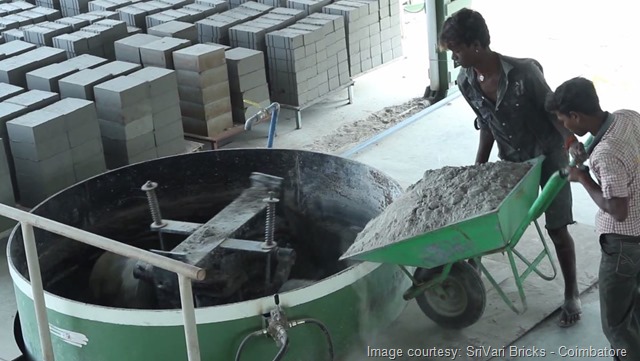
The Effect of Fly Ash Microspheres on the Pore Structure of Concrete
Abstract The fly ash microspheres (FAMs) formed during the mineral transformation stage in coal combustion are hollow spherical particles with a density less than water. This paper presents the results of X-ray micro-computed tomography and an automatic image analysis system of the porosity in the structure of hardened concrete with microspheres. Concrete mixtures with ordinary Portland cement and two substitution …
Read More
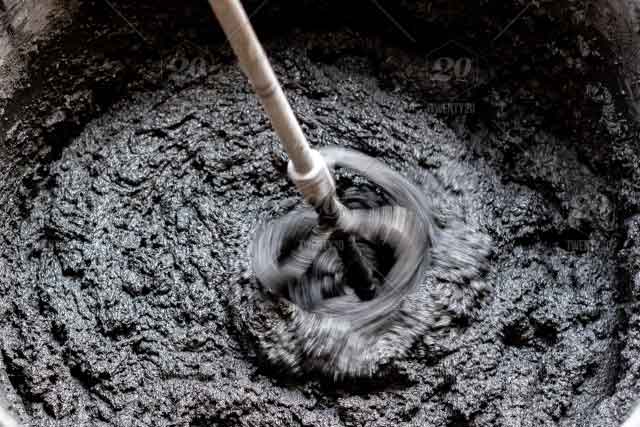
Mechanical-Chemical Activation of Coal Fly Ashes
Mechanical-Chemical Activation of Coal Fly Ashes: An Effective Way for Recycling and Make Cementitious Materials This paper is wholly committed to resource efficiency through the valorization of waste from other industries, and more specifically fly ash as a raw material to produce concrete-like geopolymers. In particular, this study aimed to determine the effect of the physical and chemical characteristics of …
Read More
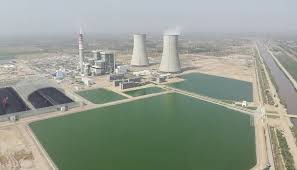
Chemical Stabilization of Coal Fly Ash for Simultaneous
Chemical Stabilization of Coal Fly Ash for Simultaneous Suppressing of As, B, and Se Leaching By Sri Hartuti, Shinji Kambara, Akihiro Takeyama, Farrah Fadhillah Hanum and Erda Rahmilaila Desfitri Abstract The discard of coal fly ash produced from the combustion of pulverized coal in a coal-fired boiler of thermal power plants has led to environmental concerns. Due to the interaction …
Read More
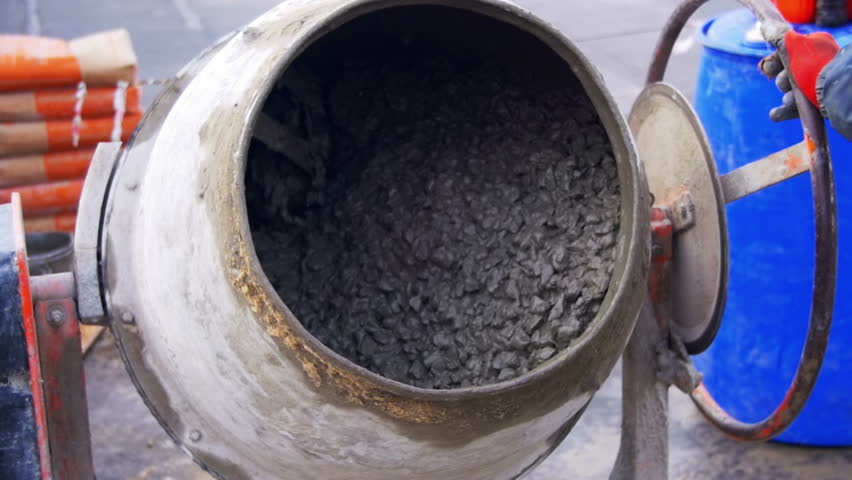
The Effects of Different Types of Fly Ash
The Effects of Different Types of Fly Ash on the Compressive Strength Properties of Briquettes Abstract The aim of this study is to evaluate the effect of the different types of fly ash on the compressive strength properties of sintered briquettes. Thermal gravimetric (TG) analysis was carried out. The chemical composition and physical properties of the materials used were determined. …
Read More

Fly Ash Facts for Highway Engineers
Why Fly Ash? What is fly ash? Fly ash is the finely divided residue that results from the combustion of pulverized coal and is transported from the combustion chamber by exhaust gases. Over 61 million metric tons (68 million tons) of fly ash were produced in 2001. Where does fly ash come from? Fly ash is produced by coal-fired electric and steam …
Read More
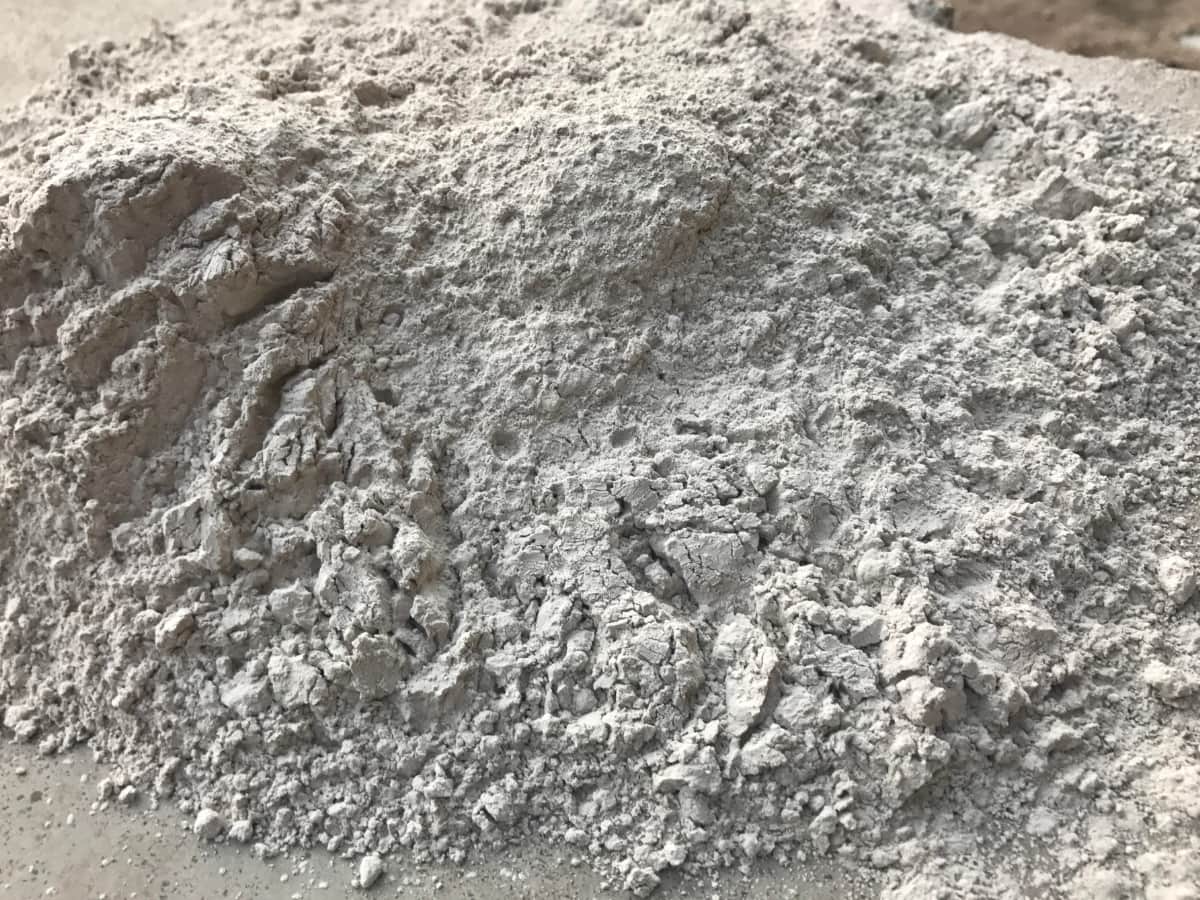
Fly Ash Concrete
Overview We are pleased to introduce Fly Ash, Class F. Product Description, Advantages, Applications, Dosage, Mixing and Handling and Availability/Pricing are provided in the following sections. Fly ash is a supplementary cementitious material. Fly ash is a byproduct of coal-fired furnaces. Class F fly ash is normally produced by burning anthracite or bituminous coal and generally has a low calcium …
Read More
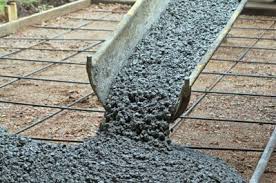
Uses & Benefits of Fly Ash in Construction
Fly ash is a fine powder that is a byproduct of burning pulverized coal in electric generation power plants. Fly ash is a pozzolan, a substance containing aluminous and siliceous material that forms cement in the presence of water. When mixed with lime and water, fly ash forms a compound similar to Portland cement. This makes fly ash suitable as …
Read More






